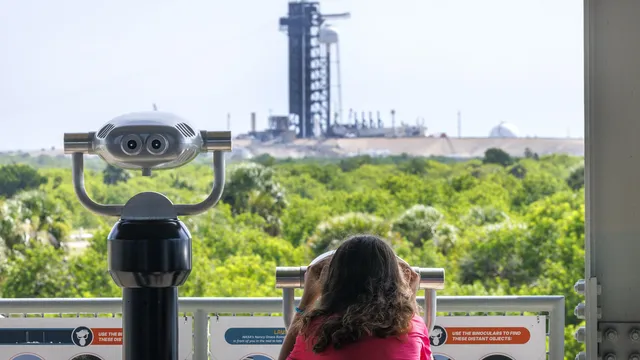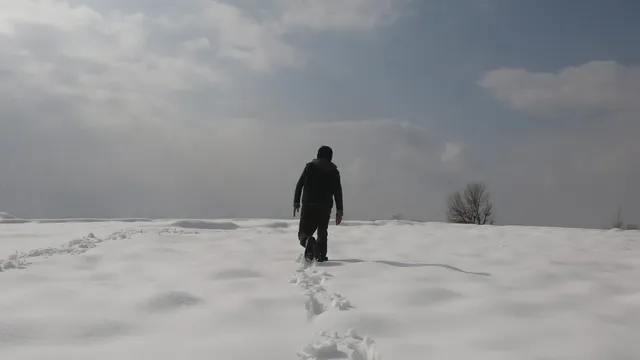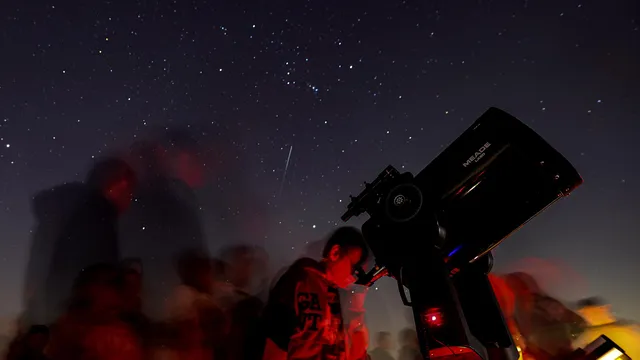Scientists are racing to find potential ways to slow global warming, going so far as to explore ways to dim the sun.
This concept, known as solar geoengineering, has proven extremely controversial in the past. Critics argue that we simply do not know enough about the risks, including the environmental and societal consequences of manipulating the climate. Supporters are not necessarily opposed, but argue that the situation is already so dire that we must consider drastic action, even if there is the potential for enormous risk.
In this tense environment, the secretive ways in which scientists are conducting the first geoengineering experiments sometimes leave the door wide open to growing opposition and even conspiracy theories.
Last year, city officials in Alameda, California, ordered scientists from the University of Washington to halt an unannounced experiment with a device that sprays particles into the atmosphere to brighten clouds, citing concerns about unforeseen consequences.
According to extensive documents obtained by Politico, it now appears that the discontinued experiment was supposed to be the start of a much larger program covering an area of 10,101 square kilometers — the size of Puerto Rico — off the coasts of North America, Chile, or South and Central Africa.
"At such scales, significant changes in clouds will be easily detectable from space," a 2023 report said.
But, as experts told Politico, the University of Washington and its private partners—geoengineering firm SilverLining and nonprofit SRI International—were not exactly prepared for success.
"Alameda was a stepping stone to something much bigger, and there was no commitment to local communities. That's a serious mistake," Sykina Gina, a professor of ecology at the University of California, Santa Cruz, told the publication.
However, university officials say the program was never intended to "change the weather or climate" and that there were no "plans to conduct large-scale studies."
Geoengineering has proven to be extremely controversial and has quickly become a hot political topic. House Representative Marjorie Taylor Greene, a long-time supporter of baseless conspiracy theories, falsely blamed geoengineering for the deadly floods in Texas in early July without presenting any evidence. Later that month, she introduced a "weather modification" bill based on the conspiracy theory.
The discussions even reached the highest levels, with EPA Administrator Lee Zeldin beginning to develop legislation motivated by long-discredited conspiracy theories related to "chemtrails."
Even a large part of the scientific community is not convinced that dimming the sun is the answer, citing unknown downstream risks that could make the cure worse than the disease.
Scientists also often argue that geoengineering could serve as a band-aid that would allow world leaders to ignore the immediate causes of climate change, including the burning of fossil fuels and other sources of greenhouse gas emissions.
Those who support efforts to dim the sun argue that we must try everything to combat the growing climate crisis.
"At a time when scientists are facing political attacks and drastic funding cuts, we need to complement the rapid energy transition with more research into a wide range of potential climate solutions," said cryptocurrency billionaire Chris Larsen, who made a donation to the University of Washington program.
Where all this leaves the university's early experiments and its private partner for seed clouds remains to be seen. Despite billions in funding from some prominent donors, including Intel's co-founder, political opposition and public backlash could hamper the project's launch.
However, similar geoengineering projects outside the US could continue where the program was halted. Earlier this year, the UK's Advanced Research and Innovation Agency announced it would invest $60 million in five small research projects on climate cooling, including "lightening sea clouds" to make them reflect more sunlight, refreezing the Arctic by pumping seawater from under the ice to the surface, and exploring the idea of injecting natural mineral dust into the stratosphere.
But getting the public on board, especially given how little even experts understand about the potential environmental impacts, may prove an uphill battle. | BGNES

 Breaking news
Breaking news
 Europe
Europe
 Bulgaria
Bulgaria







